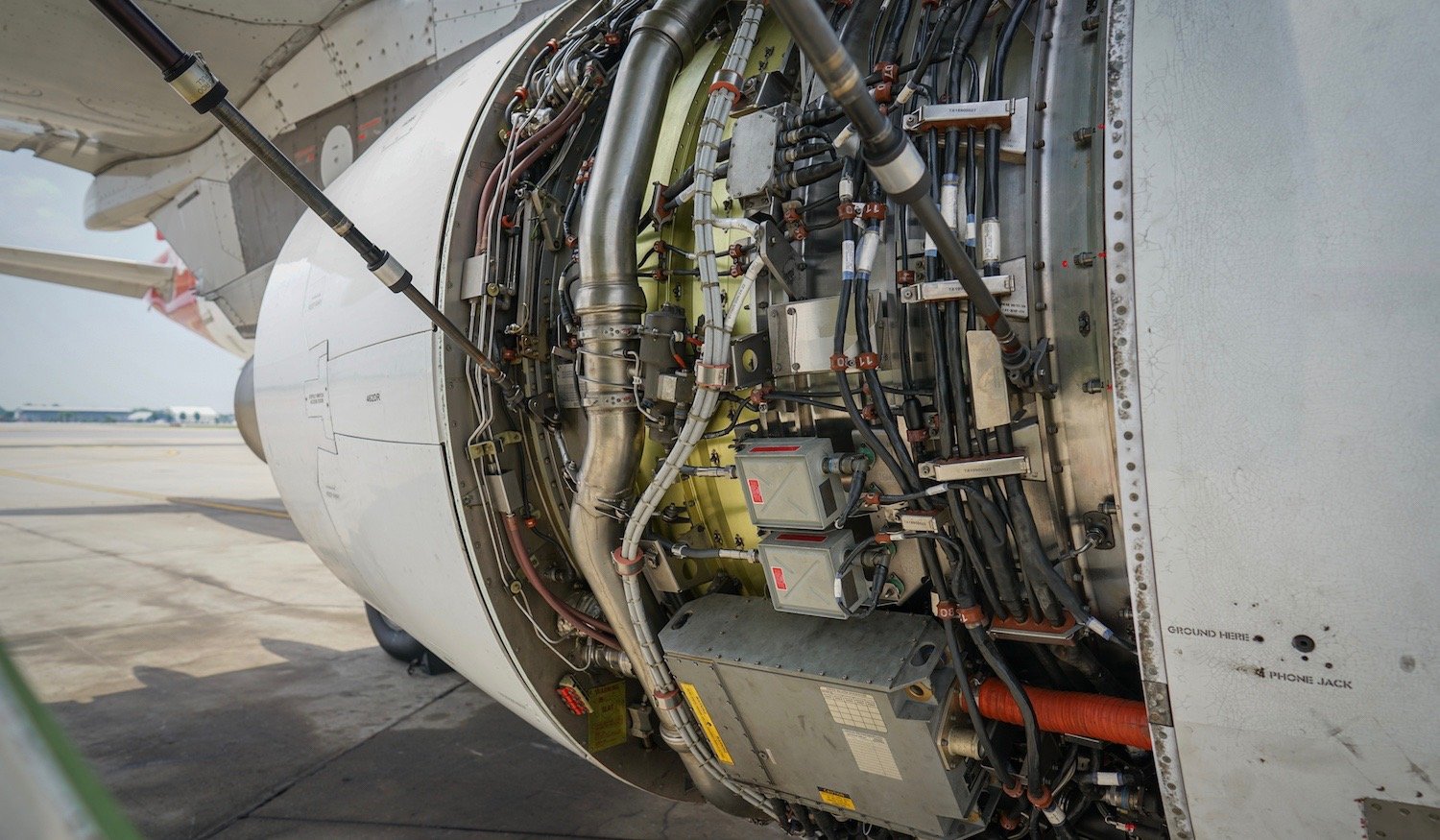3 min read
Predictions of ATP’s Founder Bill Daniels On The State Of Aviation Maintenance
ATP
Oct 14, 2015 2:26:00 AM

In 1978, ATP’s founder, Bill Daniels, published a whitepaper that looked into the future of information services technology for the General Aviation Industry. As CEO of ATP, Mr. Daniels was avidly involved in the industry, and he made some visionary predictions about how computers would revolutionize aircraft maintenance. It is fascinating to read this paper today and see how many of Mr. Daniels predictions actually came true.
The State Of Maintenance Technology In 1978
Before we look at Mr. Daniel’s predictions, let’s look back at what technology was like in 1978. When ATP was founded in 1973, all maintenance operations used paper technical publications that took up many shelves or even entire rooms. Publication updates were sent in the mail, and someone had to do the never-ending work of finding and replacing each individual page update. By the time Mr. Daniels wrote his white paper in 1978 most aircraft maintenance operations and regulatory agencies were using ATP’s single-source microfiche technology. ATP had already revolutionized maintenance research, but electronic publications were still over a decade away.
Predictions of ATP’s Founder Bill Daniels
In his 1978 white paper, Mr. Daniels first predicted the emergence of a worldwide network with computer terminals located at every aviation maintenance operation.
“The implementation of intelligent computer terminals with the integrated communications network will revolutionize research and information processing as we now know it. Intelligent terminals, capable of communicating with the network will soon be available, cost-effectively, to airport service organizations around the world.”
He then predicted that the computer terminals would connect over the worldwide network to a database of technical information from all sources,
“This network, by definition, would utilize a central clearinghouse or databank to obtain all of the information generated at all of the sources: manufacturers, governments, vendors, distributors. The information must be stored for easy access, continually updated to keep it completely current, and processed for distribution to anyone, anywhere, anytime, throughout the world.”
Electronic books were introduced much later, however, Mr. Daniels envisioned a sort of electronic book, which he described as computer output microfilm.
“Electronic information storage is well suited to computer output microfilm. The benefits of quality improvement and immediacy in updating and revising publications certainly justifies the expense of conversion to electronic storage for the origination of aviation technical information.”
He also correctly predicted that these Internet-connected technical publications would improve productivity and reduce research time.
“Processing, which began as manipulation of paper, and required many man-hours of research, will be replaced by split-second computer calculations, sorts, and retrieval. A search … of an aircraft will reveal all of the applicable Airworthiness Directives, manufacturer defects, certificated equipment and history of trouble. Many software packages will be available for accounting, inventory control, billing, work in progress and aircraft finance, to name but a few.”
How ATP Will Move Forward With Daniels Vision of Information Services
ATP continued working toward this vision throughout the following decades, and these revolutionary ideas have now become commonplace. ATP first introduced a computerized maintenance tracking service in the early 1980s, and electronic technical publications were made available in the early 1990s.
In 2010 ATP brought it all together with the introduction of the ATP Aviation Hub™ Cloud Application. This fulfilled Mr. Daniel’s vision of the general aviation industry’s“central clearinghouse” for technical and regulatory publications from almost every major general aviation manufacturer and regulatory agency. Just as Mr. Daniels predicted, a search of an aircraft in the ATP Aviation Hub can reveal all applicable technical publications, Airworthiness Directives, Service Bulletins, aircraft maintenance history, part and component history, and even maintenance forecasts. The information is continually updated to keep it current, and processed every day for immediate access by anyone anywhere in the world.
I would imagine that Mr. Daniels would be pleased if he could see the progress ATP has made in bringing about the information services he envisioned four decades ago. This vision for ATP continues to improve safety and productivity for the global aviation industry.
About ATP.
ATP is the leading provider of aviation software and information services.
Our innovative product lines, including Flightdocs, Aviation Hub, ChronicX, and SpotLight, reduce operating costs, improve aircraft reliability, and support technical knowledge sharing and collaboration in all aviation and aerospace industry sectors.
The products and services of ATP support more than 75,000 aircraft maintenance professionals worldwide. As a global company, ATP has more than 7,500 customers in 137 countries and partnerships with over 90 OEMs.



